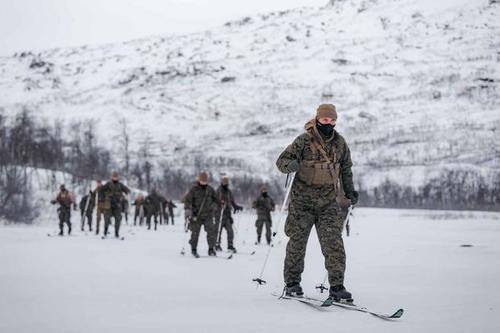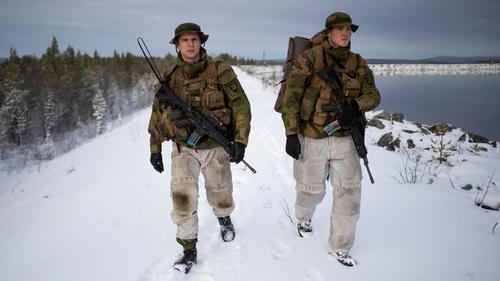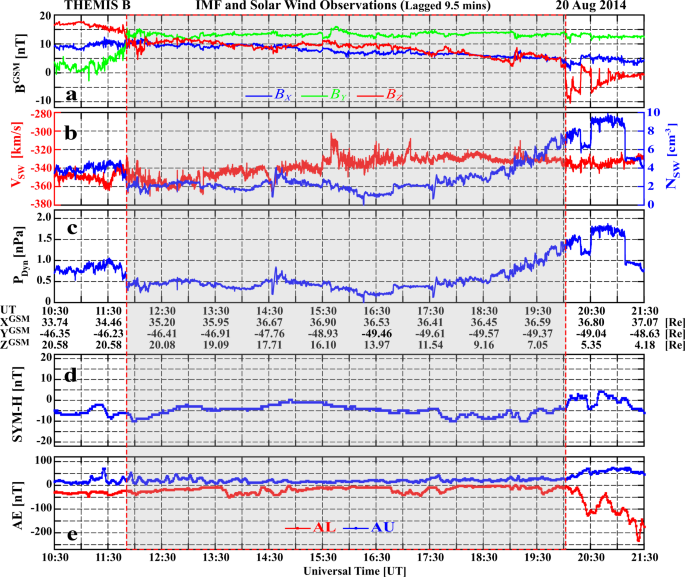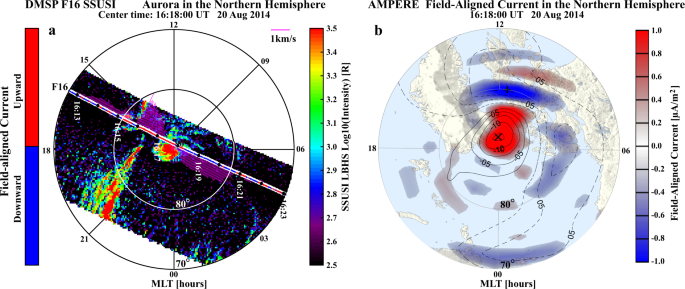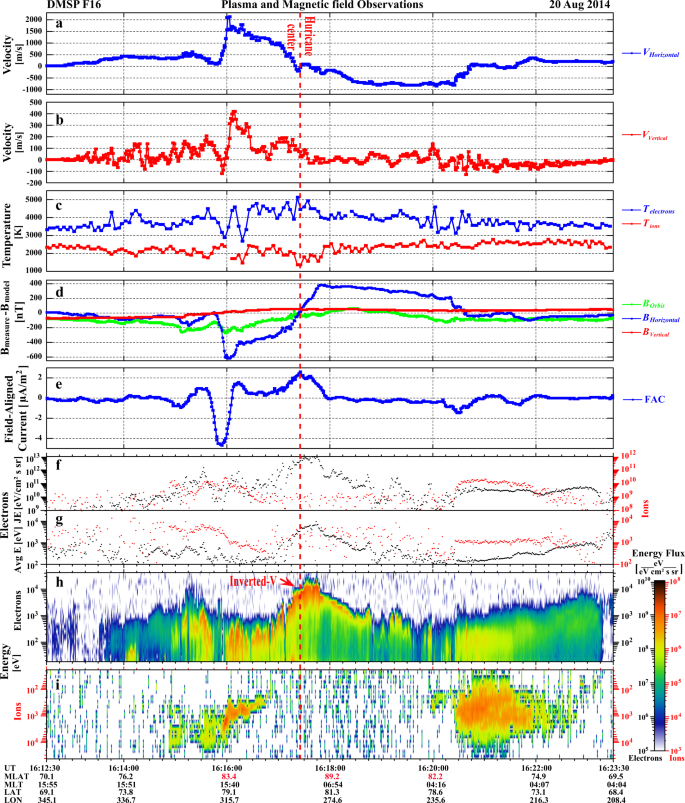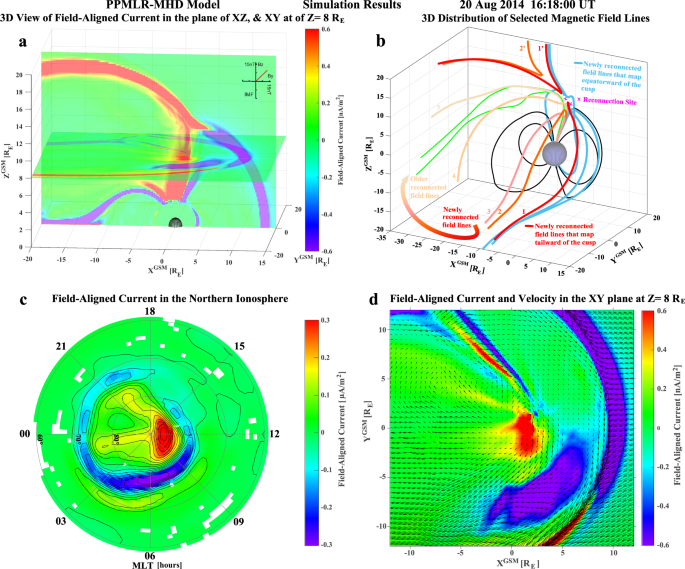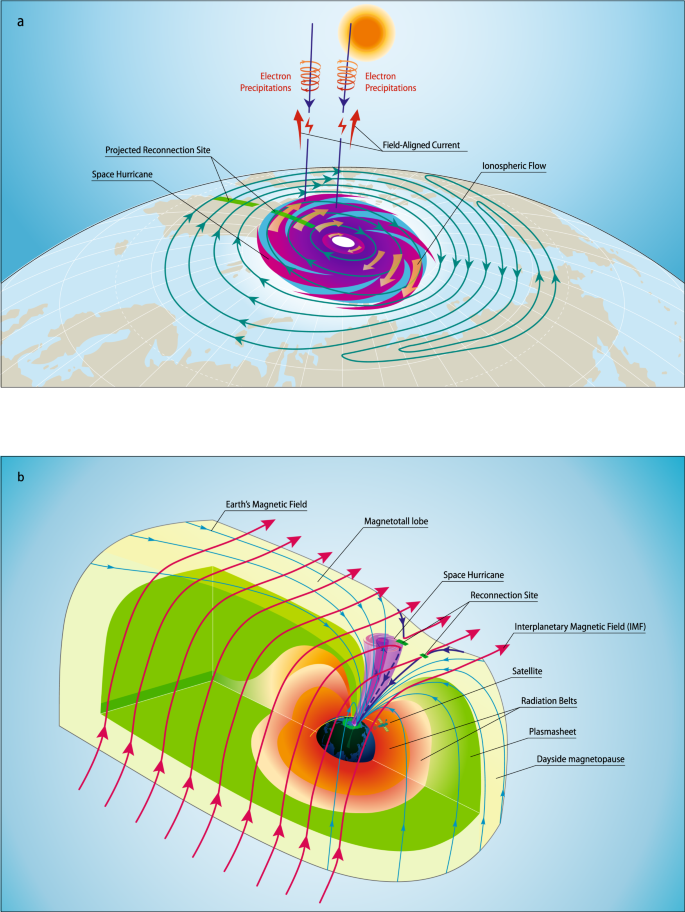Sunshineinabag
Active member
it went from rain to freezing rain to black ice within minutes. yeah, it WILL catch you by surprise like that. one minute wet, next thing you know "oh FUCKKKKK!" Mother Nature does shit like that, old bitch.
Snotsicicles are a thing
Noun. snotsicle (plural snotsicles) (informal) A solidly frozen trail of mucus from the nose.


